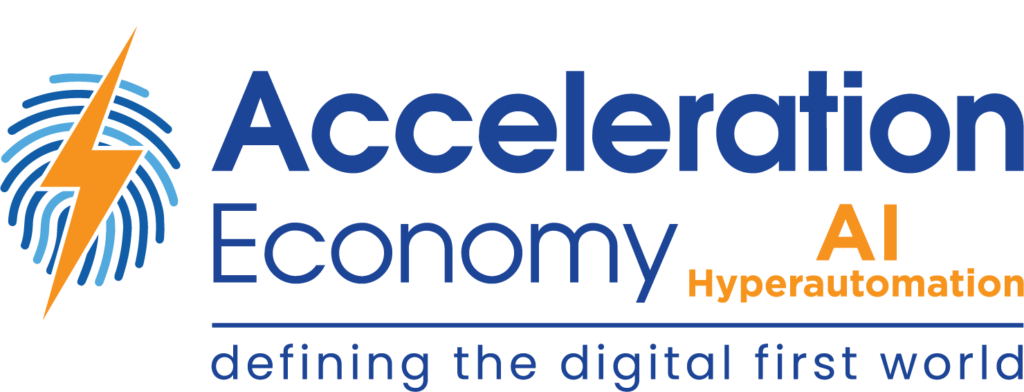Highlights
00:11 — “The promise of VR is to make the world you want it,” says former CTO of Oculus, John Carmack. While this can be an escape from reality, having to be connected via VR devices can take away from being fully immersed in the experience.
00:35 — Scientists and technologists have been working on Brain Computer Interfaces (BCIs), which enable users to control digital interactions with their minds. It can be a challenge, though, to interpret the electrical signals from your brain into digital actions that match your intent.
01:06 — The computation capabilities of AI models have advanced. For instance, Meta AI introduced its AI research SuperCluster. This large-scale AI computation can fuel the Metaverse experiences.
02:04 — Data points are scattered across a decentralized world. The data is then connected to your ever-expanding virtual profile.
02:35 — Imagine not only are you controlling your avatar with your mind, but you’re also wearing haptic clothing to feel your virtual environment. By applying AI models, users can be fully immersed in the experience, as the human mind and body essentially become IoT devices, sending data signals to the Metaverse.
Looking for real-world insights into artificial intelligence and hyperautomation? Subscribe to the AI and Hyperautomation channel:







